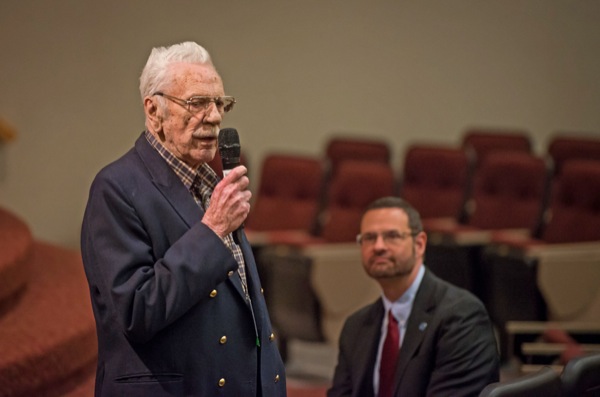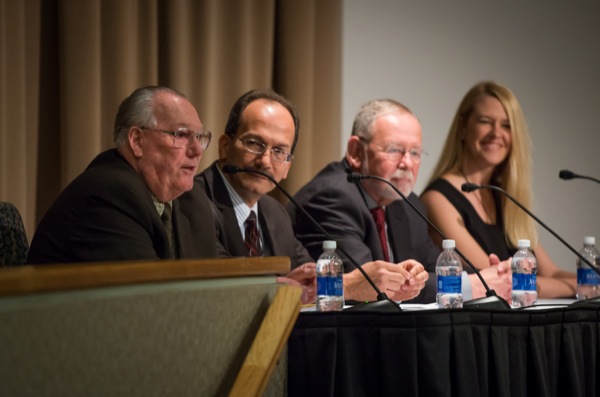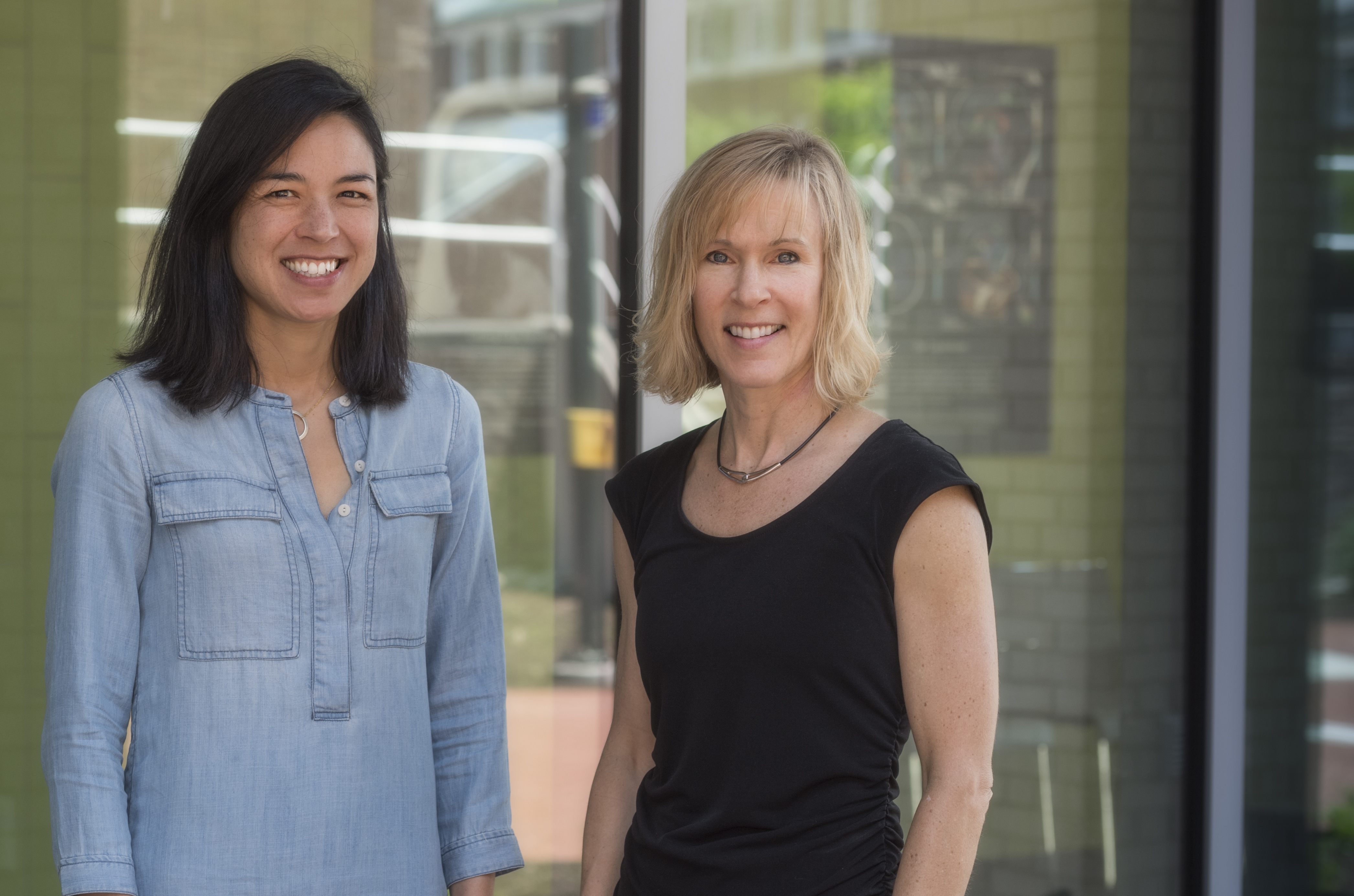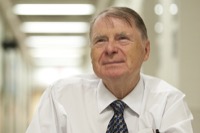


Disaster research
Center's anniversary conference marks 50 years of pioneering work
8:37 a.m., May 6, 2014--When researchers received federal funding to establish the nation’s first center devoted to the social scientific study of disasters, they were truly starting from scratch, facing such questions as what the center would be named, who should direct it and even how to define “disaster.”
That was in 1963, and this month the University of Delaware’s Disaster Research Center (DRC) marked its 50th anniversary with a celebration and conference on campus that was attended by many of its earliest pioneers. Over the years, the center’s researchers came to establish much of the basis for the field of disaster research, conducting some 700 field studies in the U.S. and around the world in communities devastated by natural and man-made events.
Research Stories
Chronic wounds
Prof. Heck's legacy
“This is a relatively young field, and it’s still evolving,” sociologist Havidán Rodríguez told those attending the May 1 session of the conference. “The scholarly impact of the researchers at DRC is amazing” and includes a global network the center has established. Rodríguez, who is provost and vice president for academic affairs at the University of Texas-Pan American, was previously deputy provost at UD, where he directed the DRC for seven years.
On display at the conference was a timeline, detailing in words and photos some of the disasters to which DRC researchers have responded over the years, ranging from a 1963 propane explosion that killed 74 people at the Indiana State Fairground Coliseum, to last year’s tornado that virtually destroyed Moore, Oklahoma. In the years between were such events as factory explosions, civil disturbances including the 1970 shootings at Kent State University, the 1989 San Francisco earthquake, the 9/11 terrorist attacks and Hurricane Katrina.
The conference also honored the work of DRC founders Russell Dynes and Enrico (Henry) Quarantelli, both now professors emeriti of sociology at UD. Dynes attended the workshop and recalled the center’s beginnings at Ohio State University (it moved to Delaware in 1985) when the National Science Foundation — after initially rejecting the researchers’ proposal — unexpectedly called them to Washington and agreed to fund the center for five years.
“On the plane on the way home, we named the center and appointed ourselves as co-directors,” said Dynes, who received a standing ovation from the conference audience. “And that’s how we started.”
Also speaking at the workshop session was Dennis Wenger, a program director for the National Science Foundation, a disaster researcher for more than 40 years and a former UD faculty member who co-directed the DRC from 1984-89. He praised the work of Dynes and Quarantelli, calling their influence as researchers and mentors “profound.”
“Henry and Russ are the reason we all are here,” Wenger said. “Henry is, and will always be, the ‘master of disaster.’”
He described the increasingly interdisciplinary nature of disaster research, beginning with a social science focus and expanding in the 1980s to include engineering and, more recently, the physical sciences. Emerging next, Wenger said, appear to be the humanities, with the study of science, technology and society “the next frontier” for disaster research.
The conference, titled “Taking Stock and Taking Action: Disaster Research and the Challenges Ahead,” worked to map out paths for future research, particularly in the light of environmental concerns.
Article by Ann Manser
Photos by Kathy F. Atkinson









